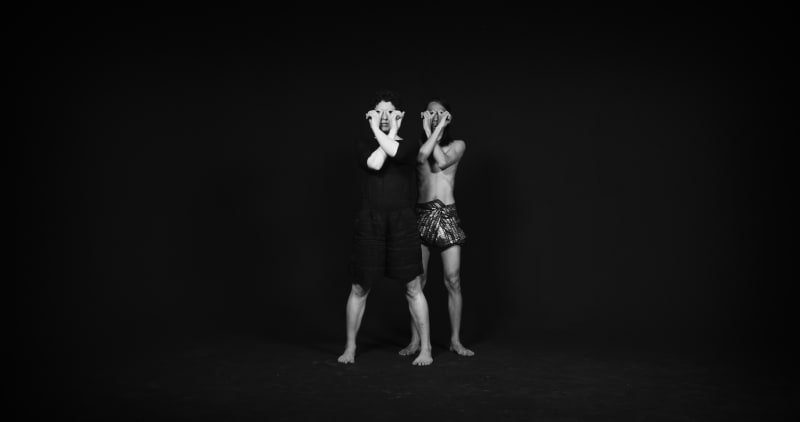"The body and its capacity for expression is a key theme in Moe Satt’s practice. Born in 1983 in Yangon, he is part of a generation of Myanmar artists who emerged in the early 2000s. Moe addresses provocative socio-political issues in his home country, often through a sophisticated use of symbols and gestures. Though he is best known for his performances, Moe works across a range of mediums such as photography, sculpture, as well as video and sound installations.
I checked in with the artist during his residency at the Rijksakademie in the Netherlands. In this conversation, Moe talked about new projects he has been working on, a key turning point in his artistic career as well as generational shifts in the Myanmar art scene."


